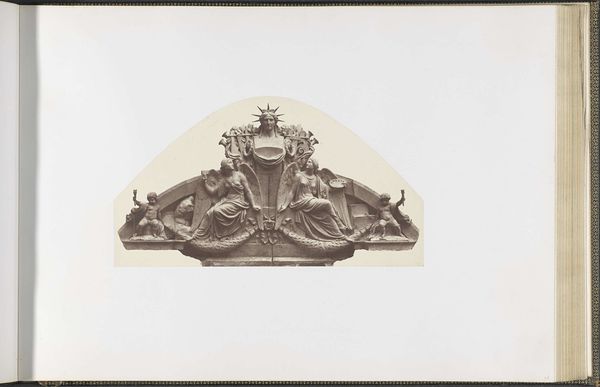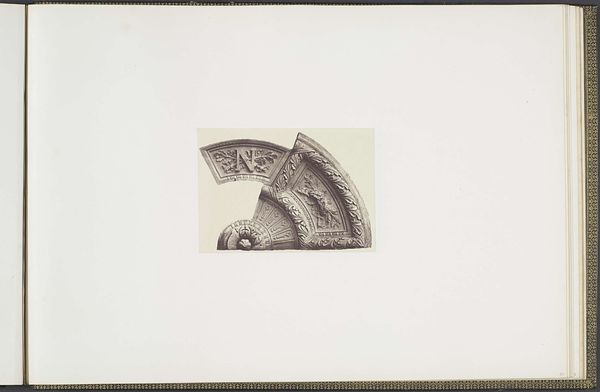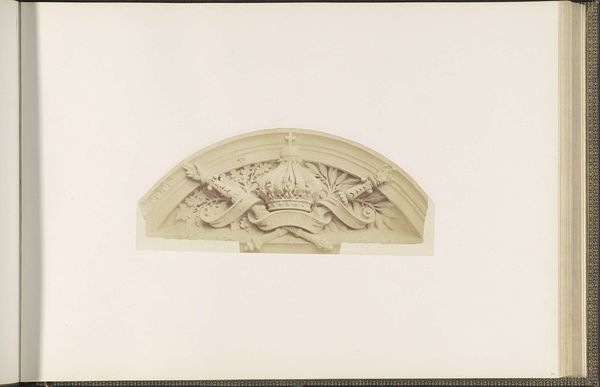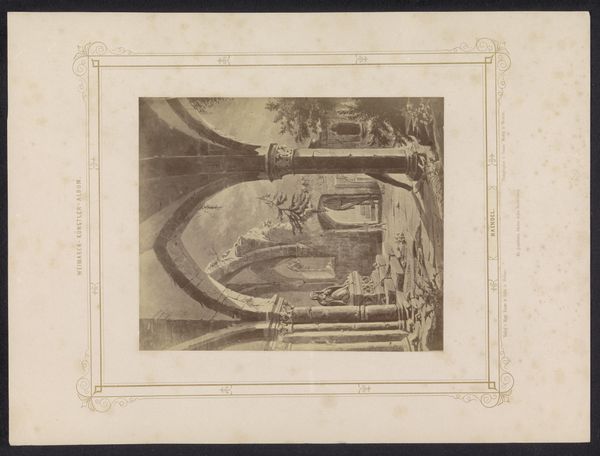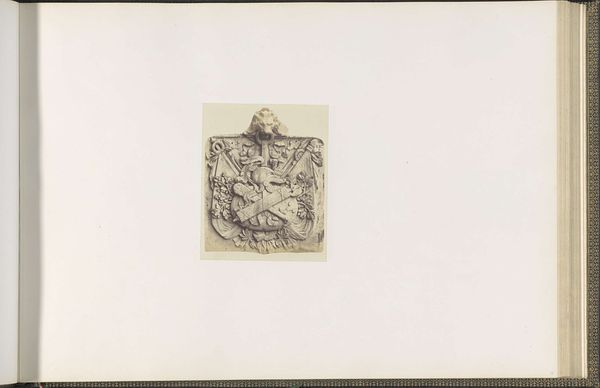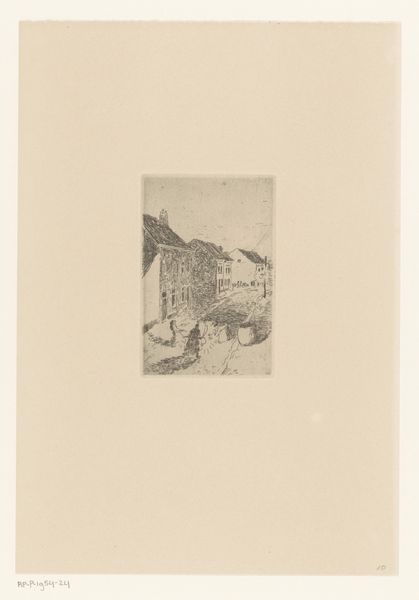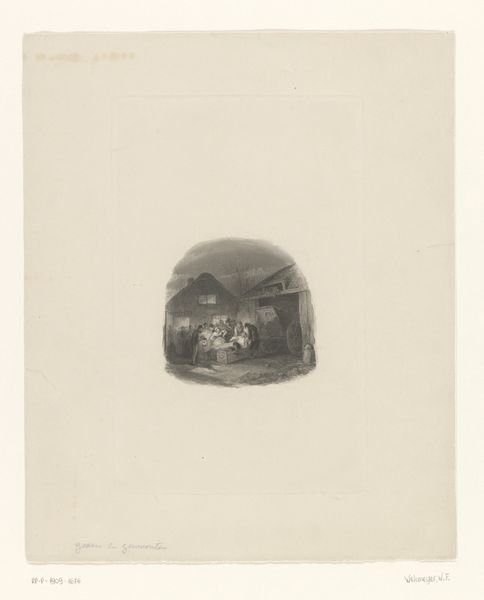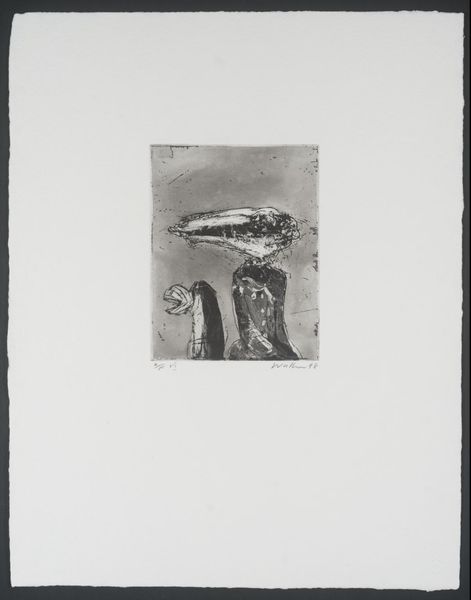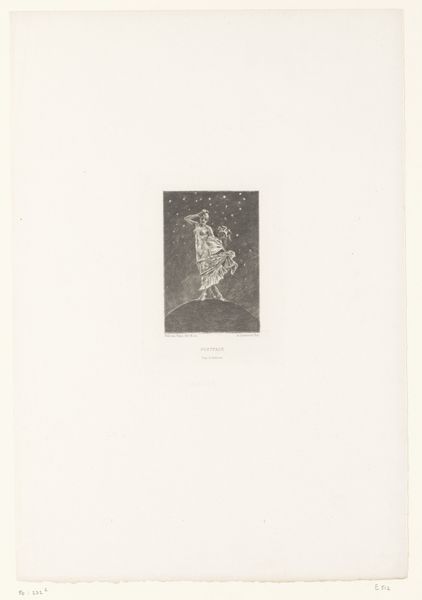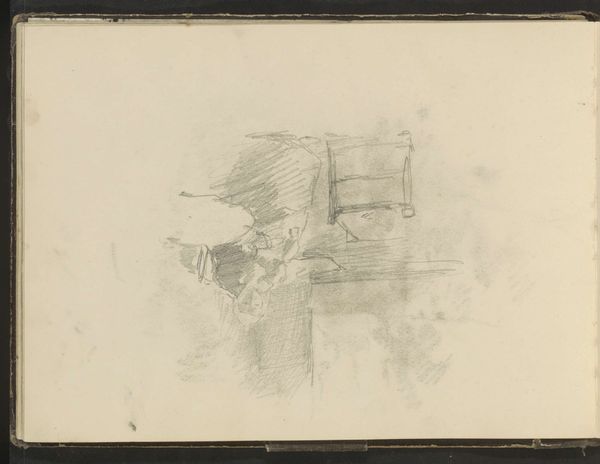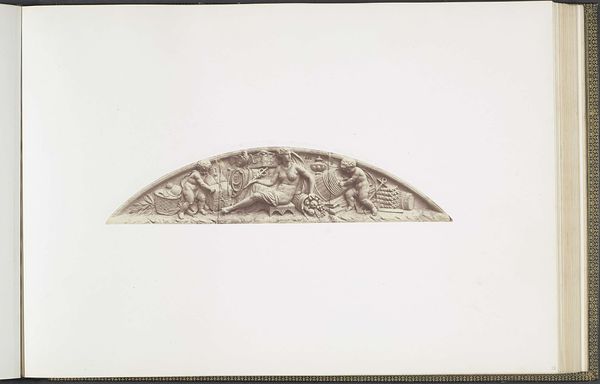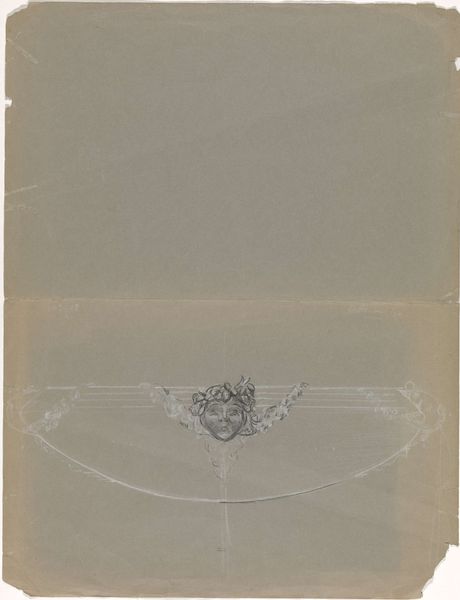
Gipsmodel voor versiering boven een deur van het Pavillon Richelieu in het Palais du Louvre door Barles c. 1855 - 1857
0:00
0:00
drawing, print, etching, paper, pencil, architecture
#
drawing
#
neoclacissism
# print
#
etching
#
paper
#
form
#
geometric
#
pencil
#
decorative-art
#
architecture
Dimensions: height 376 mm, width 523 mm
Copyright: Rijks Museum: Open Domain
Edouard Baldus made this photograph of a plaster model for an over-door ornament in the Pavillon Richelieu of the Louvre. Under Napoleon III, The Louvre was undergoing a massive renovation, becoming the palatial structure we know today. These renovations were expressions of imperial power. In this context, Baldus’s photograph is a fascinating document of institutional history and the politics of imagery. The photograph creates meaning through its visual codes, like the classical urn and symmetrical composition, and through its historical associations with French imperial power. While seemingly a straightforward record, photographs like this played a crucial role, not just documenting but also shaping the narrative of progress and imperial grandeur that Napoleon III wanted to project. Understanding this image requires a broad understanding of French history, architectural practices, and the role of photography in shaping public perception. This helps us understand the meaning of art as contingent on social and institutional context.
Comments
No comments
Be the first to comment and join the conversation on the ultimate creative platform.
